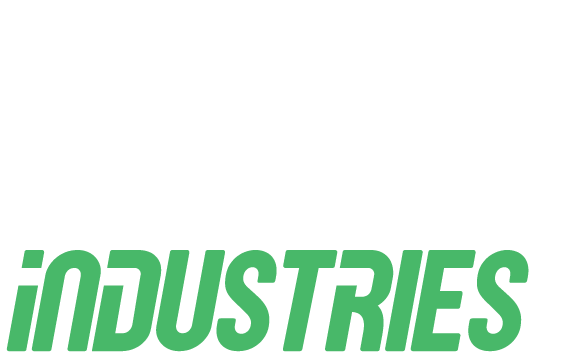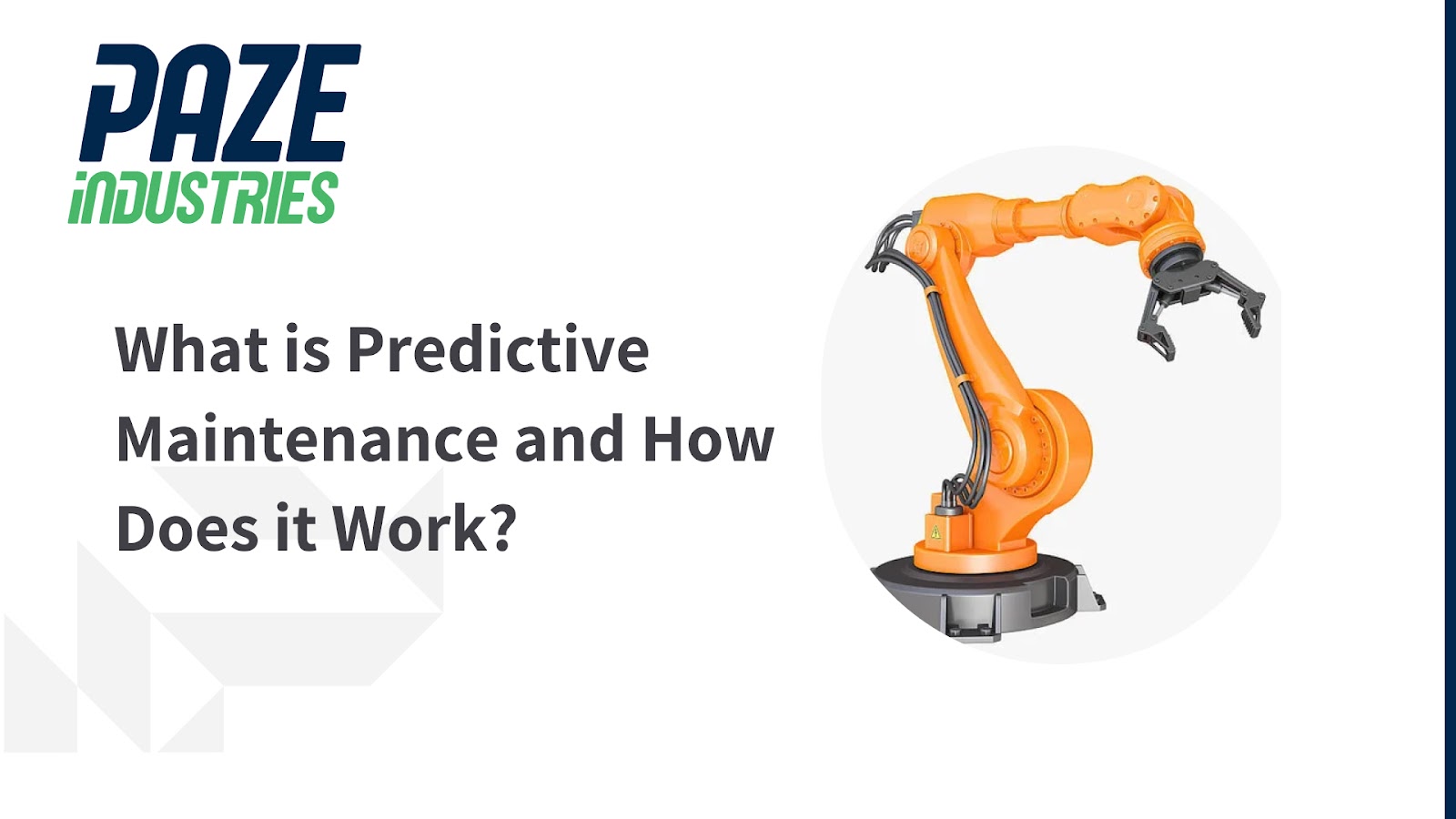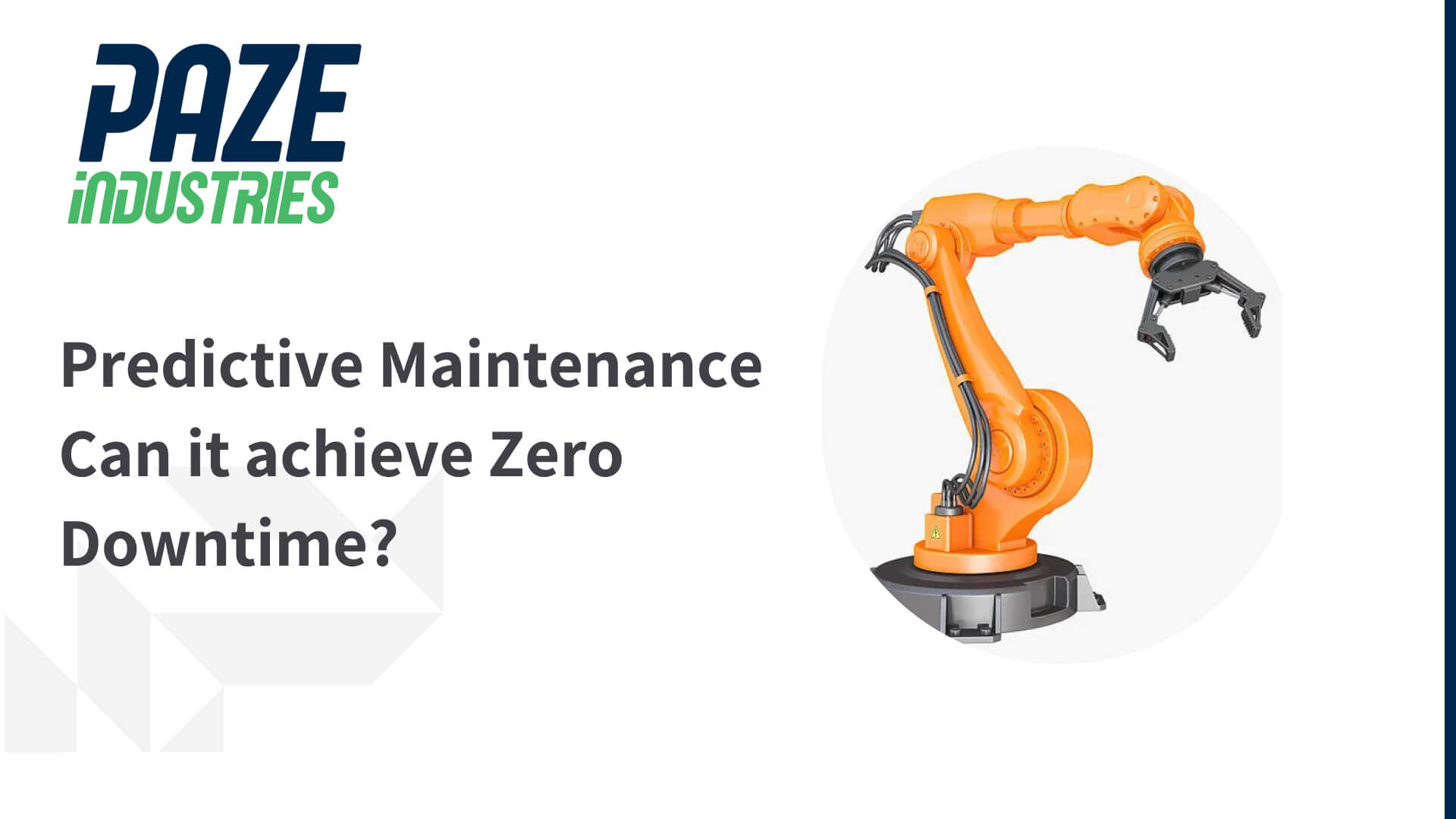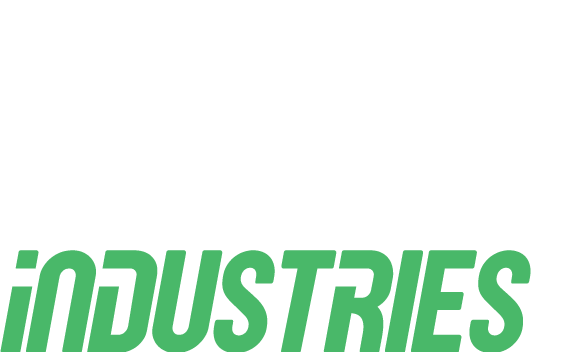The Industrial Internet of Things (IIoT) introduces unfamiliar tools, terms, and technologies to manufacturers. Consequently, they often need outside assistance to transform their operations. Sometimes, the help comes with a cumbersome, long term contract. Just in Time (JIT) staffing offers suppliers a better option, one where they purchase third party services on an as needed basis.
IIoT solutions provide manufacturers with tremendous opportunities to streamline workflow by gaining significantly more visibility into their operations. Previously, suppliers had limited – and in many cases, no — real time vision into what was happening on the manufacturing floor, the supply chain, or the back office. Only after data was collected, correlated, and reports run and distributed to managers and floor personnel did they understand what occurred. As a result, they managed reactively whenever problems arose.
IIoT’s Immense Potential and Significant Challenges
IIoT offers them the chance to flip that script. However, challenges arise in exploiting such capabilities because of IIoT’s extensive capabilities and its unprecedented flexibility. The advancement shrinks processing power down into small form factors, typically special purpose sensors, that can be programmed to operate just about anywhere and do just about anything. Factory networks then collect new information, so managers recognize manufacturing flows.
Next, they correlate the data to make ongoing improvements that positively impact the business.
Four Step Deployment Process
Adding such capabilities is a four stage endeavor, and each step requires a different type of guidance. The initial requirements definition process is quite different from traditional manufacturing purchases. In the past, suppliers upgraded a piece of equipment or software with a clear objective, for instance produce pieces faster.
IIoT’s impact goes beyond one piece of equipment and a simple objective. These solutions rewrite existing business processes in an unlimited number of ways.
- Improve OEE
- Lengthen equipment lifetimes
- Streamline workflow
- Speeds up payments
- Enhance quality
- Raise customer satisfaction
As a result, determining what to do with it can be like falling down into a rabbit hole. A firm gets caught up in so many of the potential bells and whistles that gauging system requirements takes a year or longer. Therefore, they need help setting reasonable expectations and require high level system architecture and project management aid from their third party supplier.
Building the data infrastructure is the next step. Manufacturing plants have a wide and ever growing range of potential data sources, such as machines, applications, and intelligent edge systems. Because their business is unique, each company has to pull the infrastructure together and customize their system and application’s integration pipeline.
In addition, the information has to be stored in a location with the processing power required to deliver real time updates as well as scale with new applications. Finally, the infrastructure has to be managed on an ongoing basis. Because of the complexity, this part of the project is often the longest.
In this phase, the factory requires a cohort able to supply computer infrastructure expertise and ideally a managed service. The manufacturer offloads that responsibility to someone else and focuses on improving their operations.
Phase three revolves around value creation. Companies green light an IIoT project because the change will positively impact the business. Once data is collected and analyzed, sometimes, the initial premise must be changed. Also, new opportunities emerge as reports allow managers to understand how work gets done.
In this phase, cyber models, data applications and analytics become the building blocks for determining how to drive transformation throughout the organization. This case demands business and data analytics help.
Once an IIoT project has been conceptualized, it must be adopted, which is a two-step process. First, machines are connected, applications built, and users onboarded. Next, the employees must integrate the new capabilities into their workday. Here, a supplier needs a system implementor who handles change management and helps organizations overcome any resistance that may arise within the organization.
When more and more people become skilled in manipulating data, the complexity of queries increases, and the organization becomes stronger.
Find the Use Cases
Third parties offer advisory and other services to suppliers. However, consulting firms take a cookie cutter approach. They develop a set of services and then apply it to every project. While good for the third party, the approach is less satisfying for the customer. They are not able to gauge how much help they will need in each step because they do not know how it will unfold. Sometimes, they need more help at one stage and less at another. They require more flexibility than the typical contract offers.
JIT staffing is an approach where manufacturers bring on specialists only when they are actually needed during the project. Like JIT manufacturing, the idea is to deliver the right amount of materials (in this case human brain power) at the right time and not have any extra.
What are JIT Staffing Benefits?
JIT staffing provides organizations with a number of improvements:
- Risk Reduction: companies avoid making a set commitment to personnel that they may not need.
- Workplace Agility: consulting bandwidth expands and detracts like cloud services, available whenever they are needed.
- Increased Productivity: employees spend less time trying to figure out how much staff they require and more time how IIoT enhances the business.
- Cost Savings: being no longer locked into set pricing results in more efficient service delivery.
- Agility: quickly add talent as new business needs emerge
- Address the Personnel Shortage: manufacturing has a global labor shortage that could exceed 8 million people by 2030 and result in a $607 billion revenue loss. JIT maximizes personnel usage and reduces personnel needs.
Manufacturers are adopting IIoT technology in order to improve their operations. The tools offer them a wide range of use cases but managing such projects becomes more challenging. Traditional staffing models were rigid and often incurred unnecessary expenses. JIT staffing is a better fit because it provides more flexibility as well as lowers costs.



